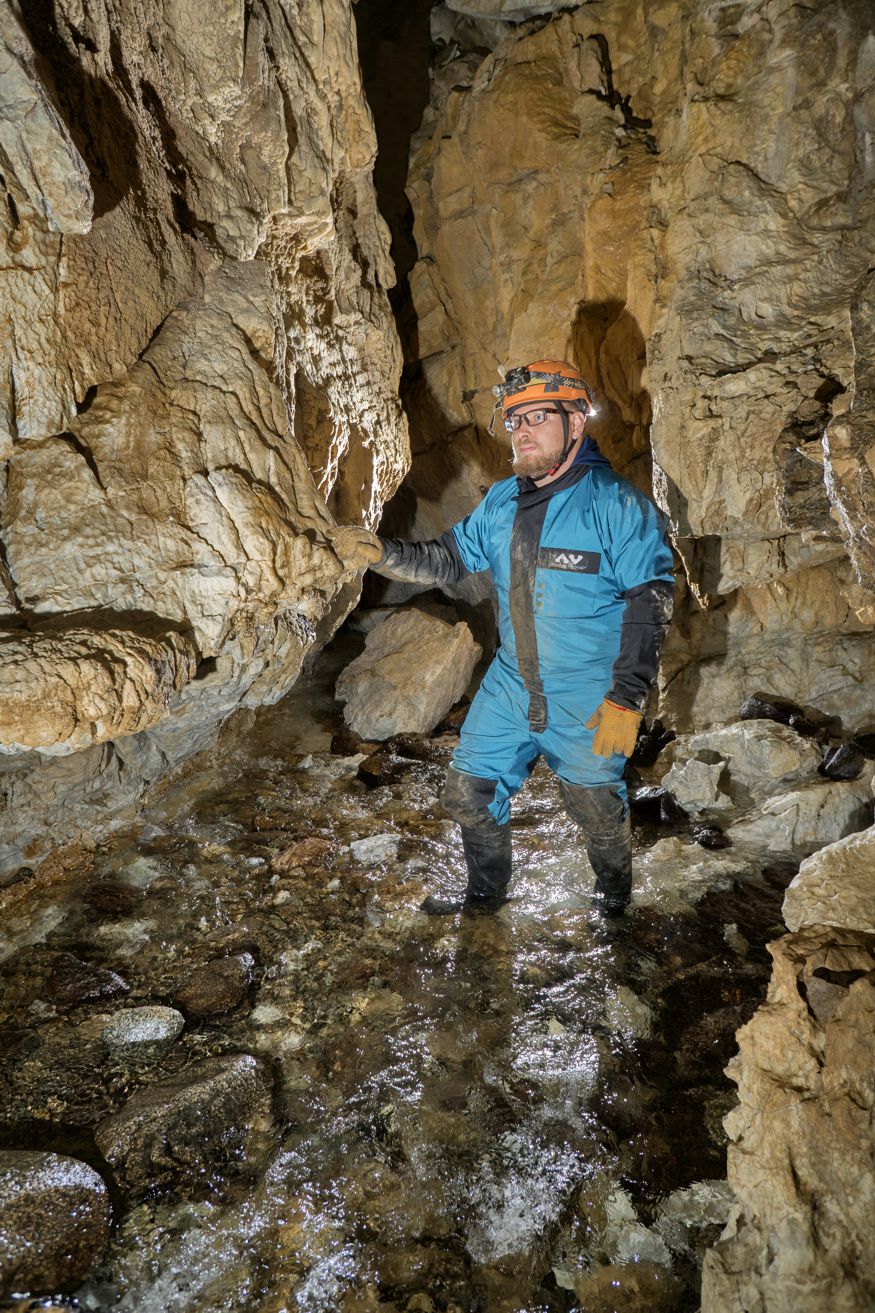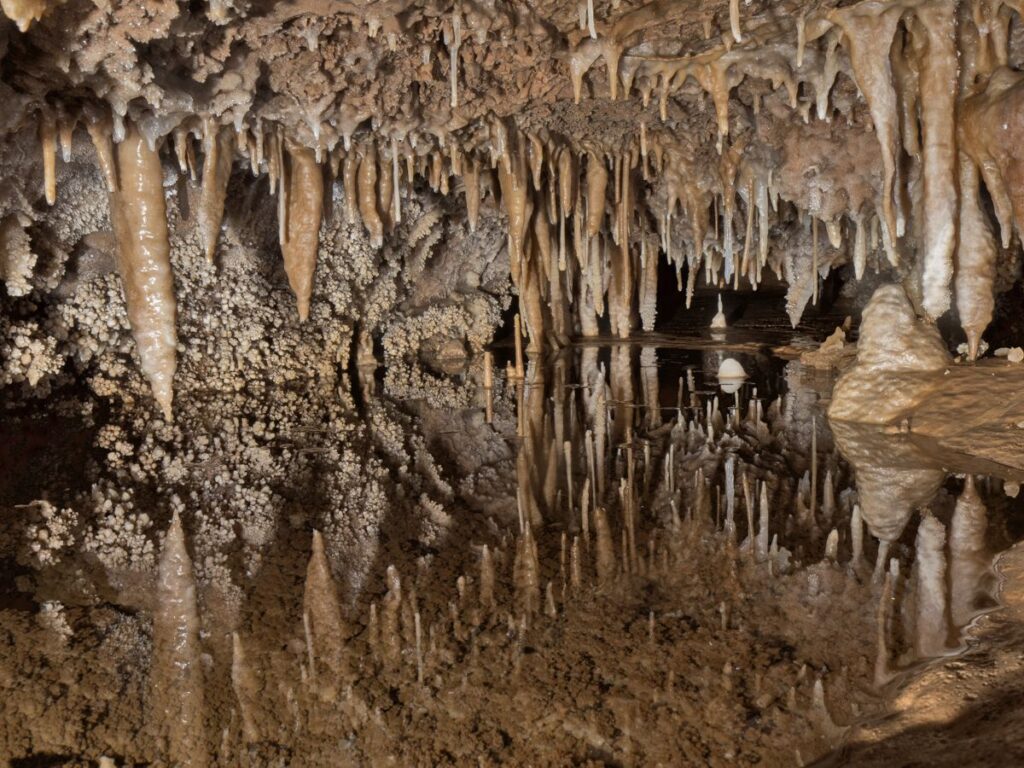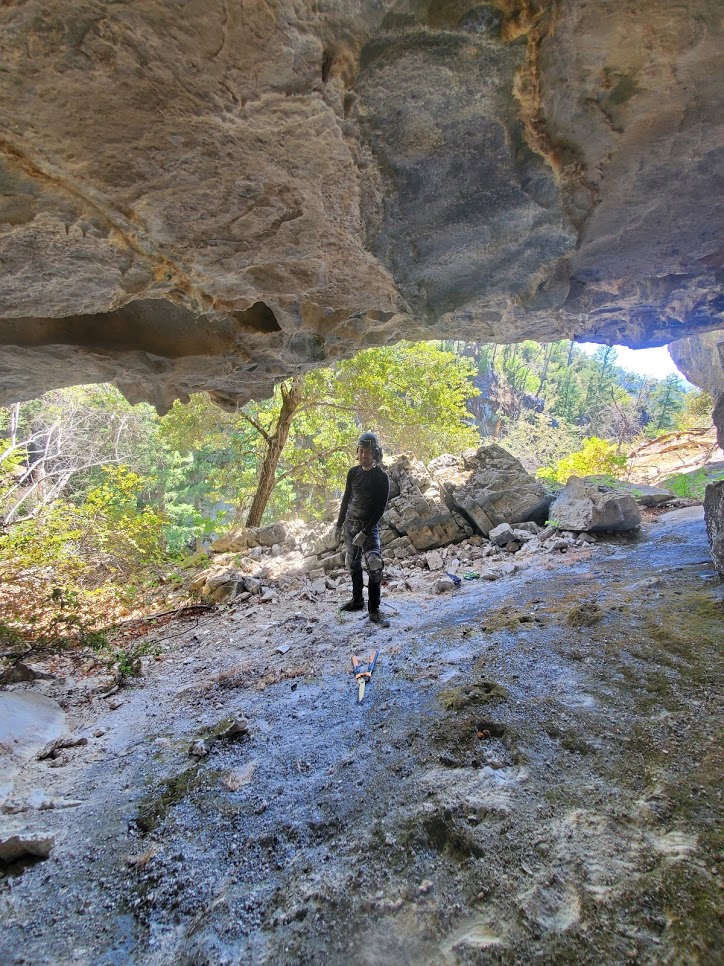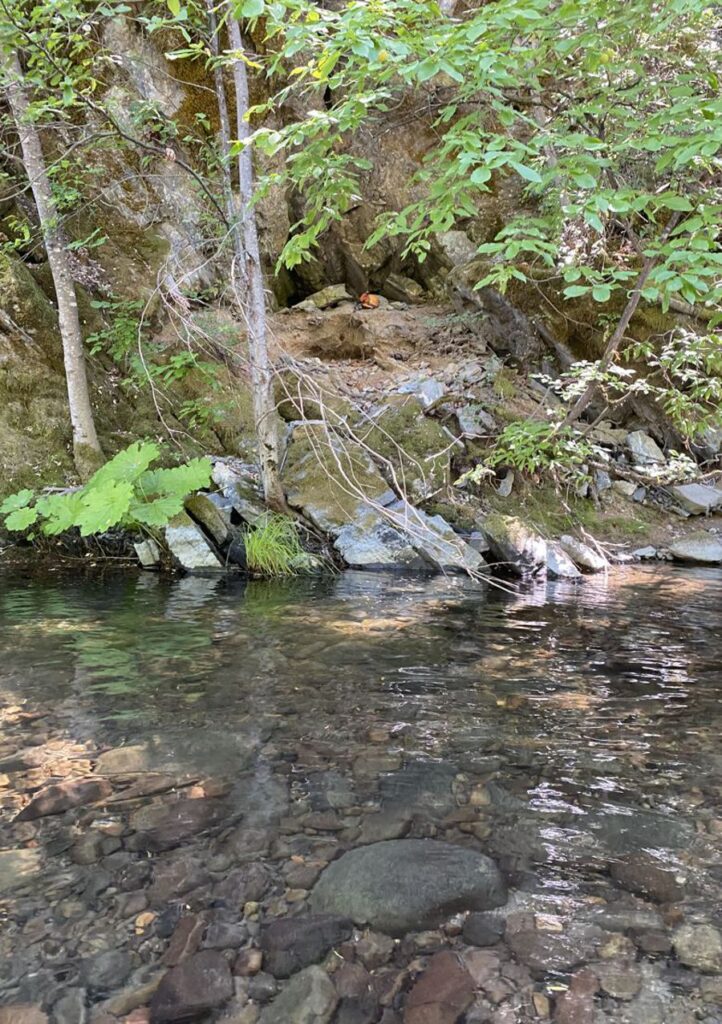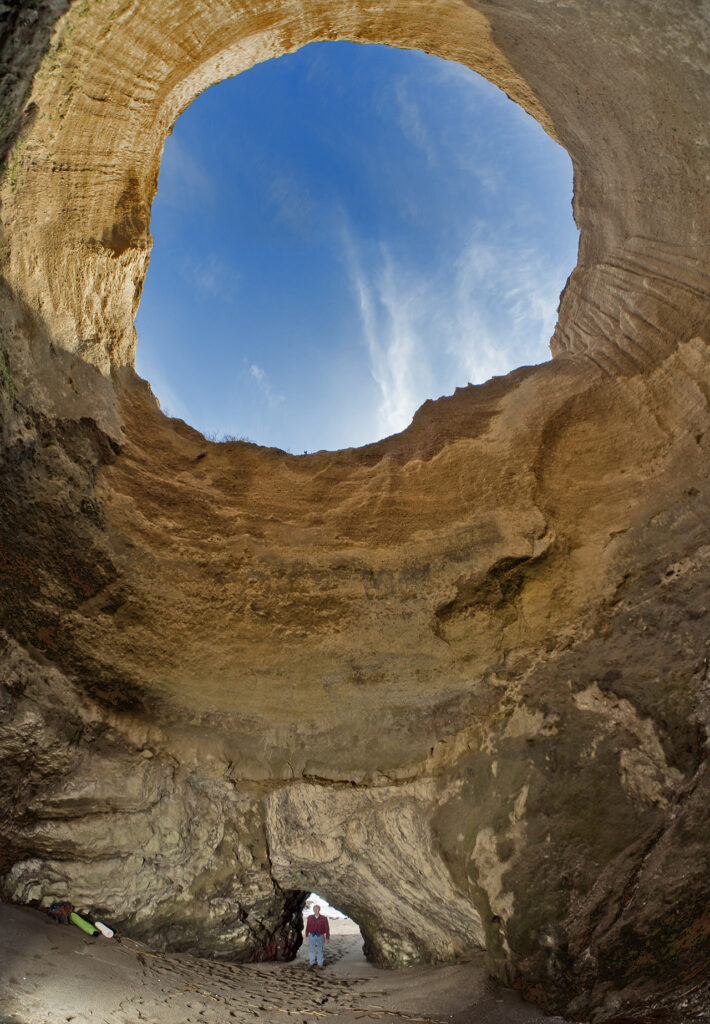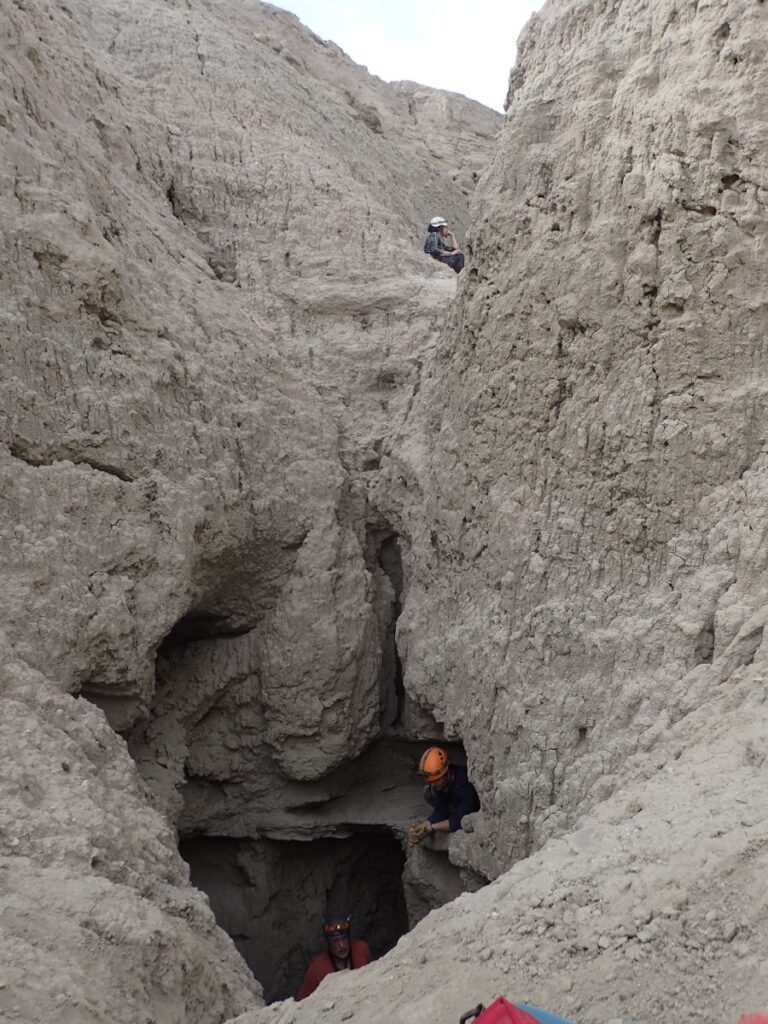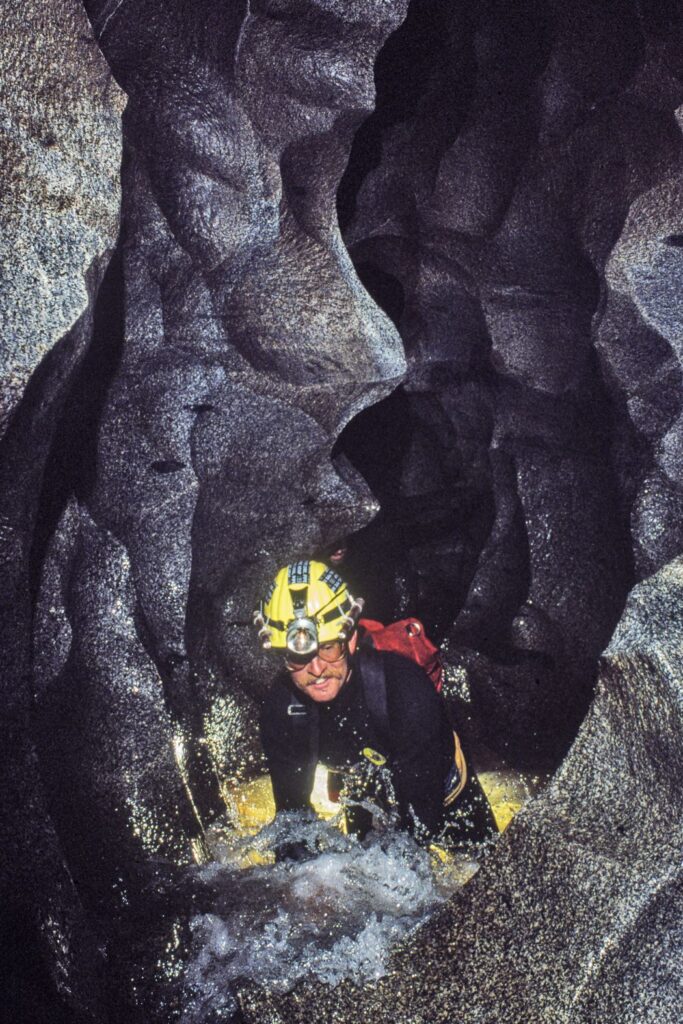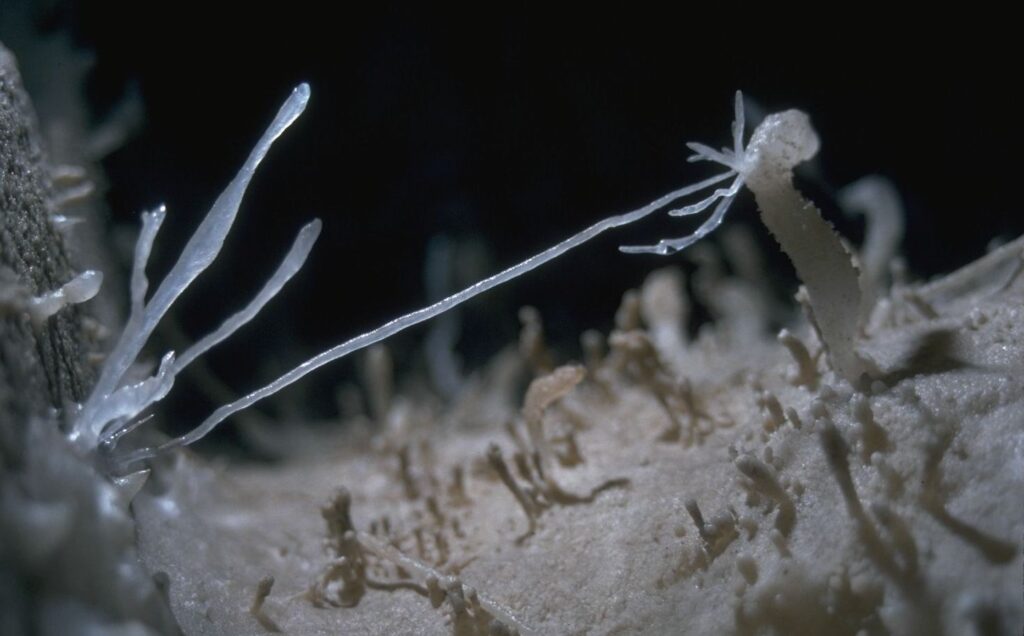
There are many types of caves in California
The varied and complex geology of California makes for a wide variety of caves types formed under different geologic conditions and settings across the state.
What do you mean different kinds of caves?
Caves with stalactites hanging down from the ceiling and stalagmites growing up from the floor are formed in soluble rocks that can be dissolved by water underground. Some caves form by the action of volcanoes. When flowing lava cools above, tunnels can form below, making lava tubes. When large rocks fall into narrow canyons they can land against the walls leaving a space below, making talus caves. Streams can deepen and lengthen these caves over time. California has a rugged coast with many cliffs facing the surf. Sea caves form along these coasts and can be surprisingly long. They are important for ocean life and animals. For information on the different types of caves see this web page: https://nckri.org/caves/types/
